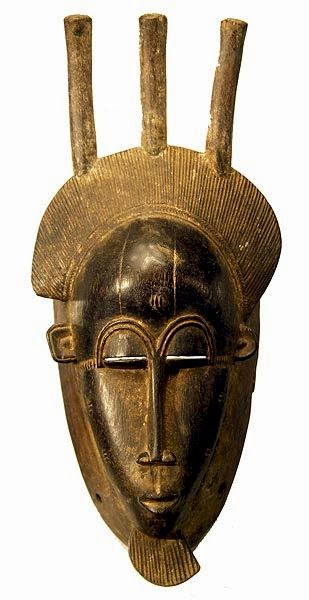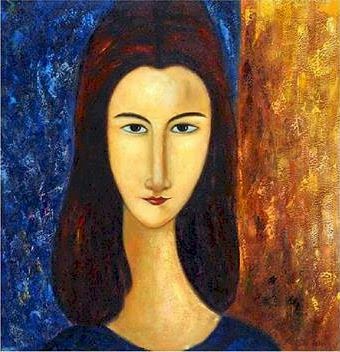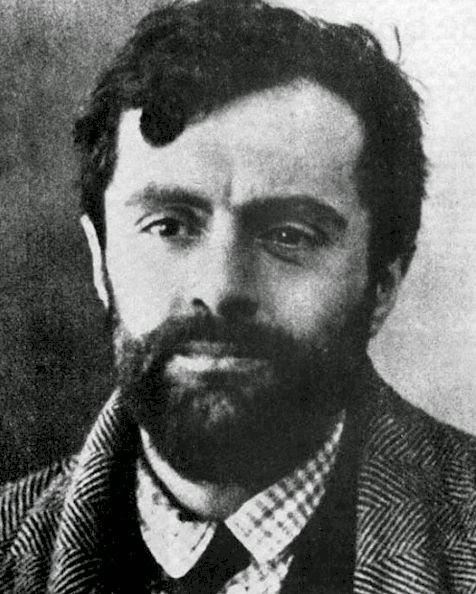This month (November, 2014), I had the chance to see up close a wonderful range of Modigliani's paintings. For the past few years, the Palazzo Blu in Pisa has mounted some extremely good modern art exhibitions - Chagall, Mirò, Picasso, Kandinsky, Warhol - and this year (extending into 2015), they are showing works by Modigliani and some of his contemporaries, mainly from the collection of the Pompidou Centre in Paris: Modigliani in Palazzo Blu 3 October 2014 - 15 February 2015: "Amedeo Modigliani et ses amis".
Amedeo Modigliani was born into the large Jewish community of Livorno in 1884. His family had been rich and successful but were hit hard by a collapse in metal ore prices during 1883-1884, coinciding exactly with the birth of Amedeo. His youth was plagued by illness, including the onset, at age 16, of the tuberculosis that eventually killed him. Modigliani studied at Guglielmo Micheli's Art School in Livorno from 1898 to 1900, then in Florence and later in Venice. Micheli was one of the Macchiaioli and although Modigliani did not take up their style, he was influenced by their palette. In 1906, he moved to Paris. This move was crucial to his artistic development but unfortunately allowed him to give free rein to his self-destructive tendencies. He started smoking hashish in Venice and continued in Paris where he added excess alcohol, including absinthe, to his "repertoire", none of which helped with his tuberculosis.
Modigliani had endless love affairs and liaisons but in 1917 he met the beautiful Jeanne Hébuterne who became his mistress and muse. Their relationship was amazingly fruitful in terms of art but truly tragic in human terms. He painted endless portraits of her - or rather, inspired by her, since they bore little or no resemblance to Jeanne, other than being female and beautiful. She bore him a daughter and was pregnant with their second child when, distraught, she killed herself on the day of his death from tuberculosis, 24 January, 1920.
Modigliani was a key contact between the School of Paris and the Futurist artists based in Italy, and his fame has far eclipsed both the Futurists and the Macchiaioli who are hardly known outside of Italy today. His highly recognisable style and the prodigious number of variations that he painted provided opportunities for art forgers that they were quick to seize. Even his sculptures were copied and passed off as originals. Three of them are concurrently on display (as fakes, I hasten to add!) at the Museo Nazionale di San Matteo in Pisa.
Palazzo Blu Pisa
Shore excursions from Livorno.
|
Author: Anna Maria Baldini
All content copyright © ammonet Italian Web Site Promotion 2014. All rights reserved.





